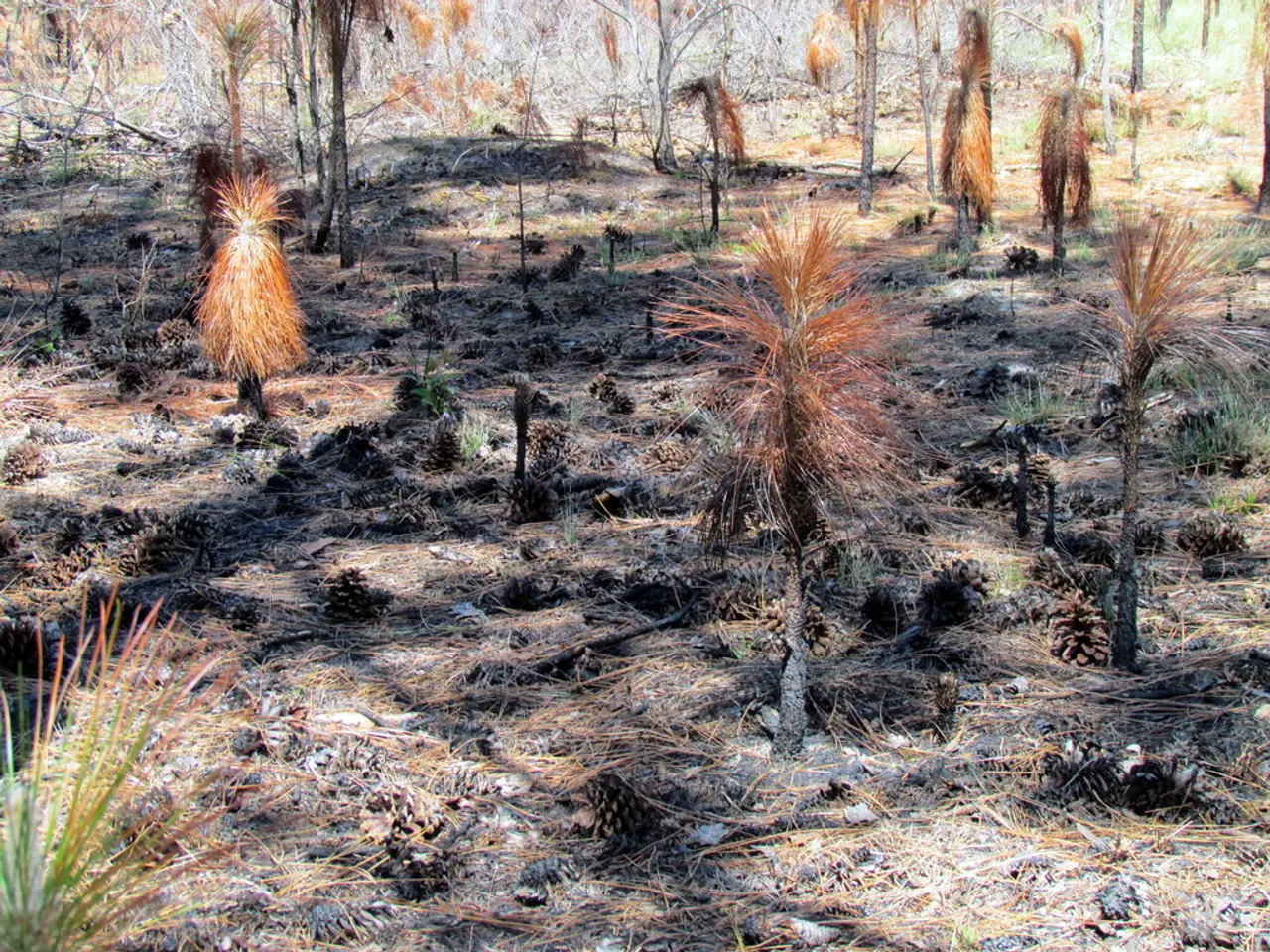Nitrogen-Fixing Bacteria Aid in Plant Growth Enhancement
In the world of farming, a natural and eco-friendly approach to enriching soil is gaining traction – the use of nitrogen-fixing plants. While legumes are well-known for their nitrogen-fixing abilities, there are other plants that contribute to this process, albeit in a less conventional manner.
Intercropping and Crop Rotation: The Key to Sustainable Agriculture
Intercropping, a method that involves growing multiple crops together in one field, can be part of an advanced crop rotation system. Crop rotation, a practice that involves altering crop types on a piece of land over time, is crucial for sustainable agriculture. By incorporating nitrogen-fixing plants into this rotation, farmers can reap numerous benefits.
Non-Leguminous Nitrogen-Fixers: Beyond the Root Nodules
Most nitrogen fixation in plants occurs through symbiotic relationships between legumes and Rhizobium bacteria, forming root nodules. However, there are some non-leguminous plants and bacteria that fix nitrogen, primarily through associative or free-living mechanisms.
Cereals and Grasses: Indirect Beneficiaries
Barley, rye, wheat, sorghum-sudangrass, and pearl millet are examples of non-leguminous plants that do not form nitrogen-fixing nodules themselves. Instead, they often benefit from nitrogen fixed by other plants or microbes in the soil.
Non-Leguminous Plants Associating with Free-living or Associative Nitrogen-fixing Bacteria
Some non-leguminous plants can associate with nitrogen-fixing bacteria like Azotobacter, Beijerinckia, and cyanobacteria, which fix nitrogen independently of plant root nodules. These bacteria can be free-living in the soil or loosely associated with roots but do not form specialized nodules like legumes.
Certain Broadleaf Non-legume Cover Crops With Nitrogen Fixation Traits
While most non-leguminous broadleaf crops do not fix nitrogen symbiotically, some may improve nitrogen availability indirectly by fostering microbial communities. However, there is no widely recognized broadleaf non-legumes known for direct nitrogen fixation comparable to legumes.
The Role of Nitrogen-Fixing Plants in Soil Health and Crop Yield
Nitrogen-fixing plants, whether leguminous or non-leguminous, can be used as cover crops or green manure to improve soil health, provide nutrients for other plants, slow erosion, attract beneficial insects, and help control pests and diseases. By incorporating nitrogen-fixing legumes into farming practices, farmers can improve soil health, increase crop yields, and reduce the need for synthetic fertilizers.
Legumes: The Champions of Nitrogen Fixation
Legumes, such as alfalfa, clovers, vetches, and grain legumes like peanuts, cowpeas, soybeans, and fava beans, are known for their exceptional nitrogen-fixing abilities. In a corn-soybean-wheat rotation, for instance, soybeans are planted in the second year to replenish the soil after corn.
In conclusion, while legumes are the primary nitrogen fixers among plants, non-leguminous plants play a lesser-known but significant role in this process. By understanding and utilising these plants, farmers can contribute to a more sustainable and eco-friendly approach to agriculture.
- Utilizing non-leguminous plants, such as barley, rye, and pearl millet, that indirectly benefit from nitrogen fixed by other plants or microbes, can be integrated into a crop rotation system for sustainable agriculture.
- Some non-leguminous plants, like certain broadleaf crops and cover crops, may not fix nitrogen symbiotically, but they can improve nitrogen availability indirectly by fostering microbial communities.
- The science of health-and-wellness extends beyond human fitness-and-exercise and nutrition, as environmental-science plays a crucial role in understanding the role of nitrogen-fixing plants in promoting soil health, fostering plant growth, and supporting overall ecosystem health.




